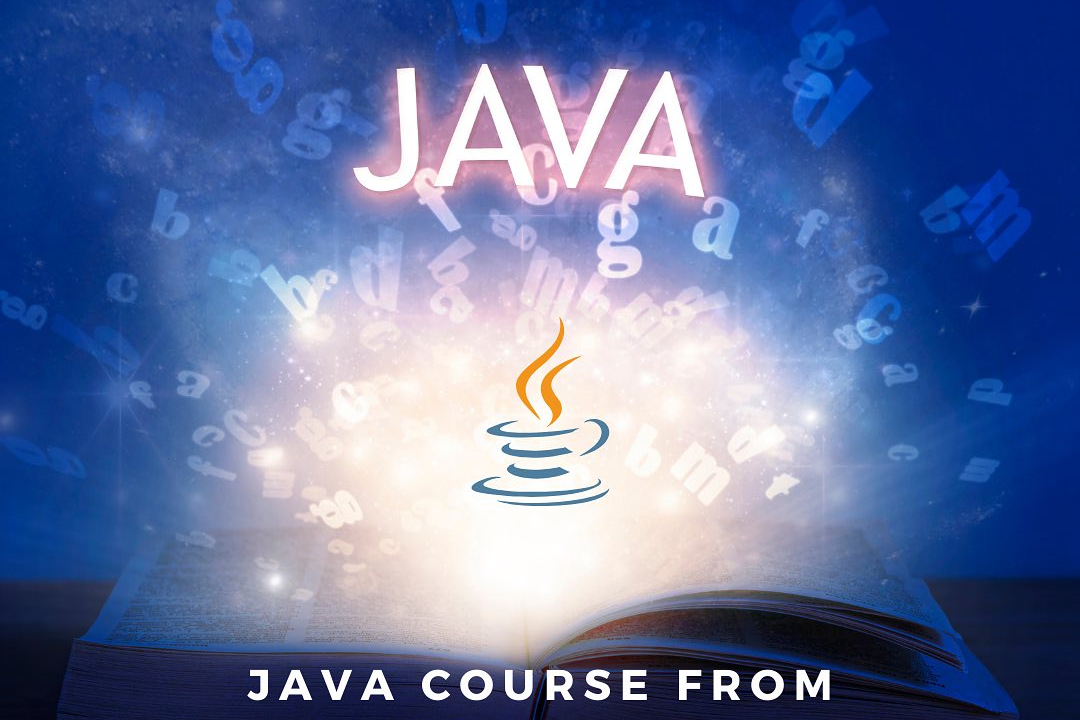Java EE
Java EE: Building Enterprise Applications with Java
Java EE
Java EE, now known as Jakarta EE, is a set of specifications that extend the Java Platform, Enterprise Edition, providing a robust, adaptable foundation for building large-scale, multi-tiered, distributed applications. It encompasses a wide range of APIs and services, including servlets, JavaServer Pages (JSP), Enterprise JavaBeans (EJB), and more, ensuring streamlined development of enterprise-level applications. Java EE promotes a modular architecture, enabling developers to create scalable, secure applications that can run on various servers with support for transaction management, security, and resource management. By employing a set of proven design patterns and best practices, it simplifies the development process while ensuring compliance with standards across different implementations, thus fostering interoperability and reducing vendor lock-in.
To Download Our Brochure: https://www.justacademy.co/download-brochure-for-free
Message us for more information: +91 9987184296
1 - Introduction to Java EE: Understanding the basics of Java EE, its significance in enterprise application development, and its architecture components.
2) Java EE Architecture: Explanation of the layered architecture, including presentation layer (servlets, JSP), business layer (EJB, CDI), and data layer (JPA).
3) Enterprise JavaBeans (EJB): Overview of EJB as a component architecture for developing scalable, reliable, and transactional enterprise applications.
4) JavaServer Pages (JSP): Introduction to JSP for creating dynamic web content, separating business logic from presentation layers.
5) Servlets: Understanding servlets, their lifecycle, and how they handle client requests and generate dynamic responses.
6) Context and Dependency Injection (CDI): Overview of CDI for dependency management, bean lifecycle management, and enabling loose coupling.
7) Java Persistence API (JPA): Introduction to JPA for object relational mapping, managing database interactions, and working with entities.
8) RESTful Web Services: Understanding how to create and consume RESTful services using JAX RS, and designing APIs for the web.
9) Java Naming and Directory Interface (JNDI): Explanation of JNDI for resource lookup, accessing databases and other services in Java EE applications.
10) Java Message Service (JMS): Overview of messaging between applications with JMS, focusing on publish/subscribe and point to point models.
11) Transactions Management: Understanding the concepts of transactions in Java EE, including local and global transactions, and the role of the Java Transaction API (JTA).
12) Security in Java EE: Overview of Java EE security features, including authentication, authorization, roles, and securing applications.
13) Java EE Batch Processing: Introduction to the Batch API for batch processing applications, including job control, chunk processing, and workload management.
14) Microservices with Java EE: Exploring the shift from monolithic to microservices architecture using Java EE and other related technologies such as MicroProfile.
15) Testing Java EE Applications: Overview of testing strategies and tools for Java EE applications, including unit testing, integration testing, and using frameworks like JUnit and Arquillian.
16) Deployment and Configuration: Understanding the deployment process of Java EE applications on various servers (like WildFly, Glassfish) and configuration management.
17) Best Practices and Design Patterns: Discussion on the best practices in Java EE development, design patterns specific to enterprise applications, and improving code maintainability and efficiency.
18) Real world Project Development: Hands on project experience where students apply what they have learned to create a complete Java EE application, covering all aspects from development to deployment.
19) Continuous Integration/Continuous Deployment (CI/CD): Introduction to CI/CD concepts and tools that facilitate the automated building, testing, and deployment of Java EE applications.
20) Future Trends in Java EE: Discussion on the evolution of Java EE to Jakarta EE, the impact of cloud native development, and emerging technologies in enterprise application development.
This program aims to equip students with a comprehensive understanding of Java EE, preparing them for real world enterprise application development. Each point could lead to a dedicated session or module, allowing for an in depth exploration of the subject.
Browse our course links : https://www.justacademy.co/all-courses
To Join our FREE DEMO Session: Click Here
Contact Us for more info:
- Message us on Whatsapp: +91 9987184296
- Email id: info@justacademy.co












